On May 30, 2025, a dramatic narrative emerged from Russian state media claiming that Kremlin leader Vladimir Putin’s helicopter came under fire from Ukrainian drones during a visit to Kursk Oblast. However, a recent investigation by The Moscow Times has uncovered that this incident was a staged performance orchestrated by the Kremlin itself, raising questions about the use of drones in political messaging within the ongoing conflict.
The Staged Drone Incident: A Closer Look at the Operation
According to The Moscow Times, the alleged drone attack was disseminated by the Russian Defence Ministry through the state-run VGTRK television channel. The operation aimed to portray Putin as a leader enduring significant risks, with the intent to convince Russians that he is not “hiding behind others, but is also supposedly taking risks and making sacrifices.”
Four sources within the government and the Kremlin confirmed to The Moscow Times that security officials fabricated the event, which was promoted as a “risky” episode in the media. The operation did not involve actual Ukrainian drones but was a meticulously planned performance, with footage captured by a Kremlin-aligned filming crew and other individuals, including a security officer.
From a technical perspective, staging such an event would require precise coordination. Drones, even in a controlled setting, must be operated with accuracy to avoid unintended consequences. Modern drones used in such operations typically have a range of up to 6 miles (10 kilometers) and can be programmed for specific flight paths, ensuring they appear threatening without posing actual danger.
The absence of a real combat incident suggests the drones were likely pre-programmed for a visual spectacle rather than an attack, highlighting the Kremlin’s access to advanced Drone Technology for non-military purposes.
Implications for Drone Technology in Political Narratives
The use of drones in this staged event underscores a growing trend in the Drone Industry: their role in shaping public perception beyond traditional surveillance or combat applications. Drones are increasingly being leveraged for psychological operations, where their presence alone can evoke fear or urgency. In this case, the Kremlin’s strategy aligns with a broader pattern of using technology to manipulate narratives, a tactic that drone professionals and enthusiasts must consider as the technology becomes more accessible.
Operationally, this incident highlights the dual-use nature of drone technology. While recreational pilots and professionals often use drones for photography, mapping, or racing, the same systems can be repurposed for propaganda.
The Kremlin’s ability to stage such an event without detection until now also raises concerns about the lack of transparency in drone operations, especially in conflict zones. For drone operators, this serves as a reminder of the ethical responsibilities tied to their use, as well as the potential for regulatory scrutiny if drones are misused in high-profile scenarios.
Industry and Regulatory Outlook
The revelation of this staged drone attack could prompt tighter regulations on drone usage in politically sensitive regions. Governments may push for stricter airspace monitoring to prevent similar misuse, potentially affecting drone professionals who rely on open airspace for their work. In the U.S., where drone regulations are already stringent, such an incident might lead to increased scrutiny of drone operators, particularly those working near government or military sites.
Economically, the drone industry, valued at approximately $30 billion in 2025, continues to grow, with applications ranging from agriculture to defense. However, incidents like this could impact public TRUST, potentially slowing adoption in certain sectors. For drone professionals and recreational pilots, staying informed about the evolving role of drones in global conflicts is crucial to navigating future challenges in the industry.
This Drone Incident, while staged, serves as a stark reminder of the power of drone technology—not just in the air, but in the narratives they help construct. As the industry evolves, balancing innovation with ethical use will be key to maintaining its positive impact.
Photos courtesy of Ukrainska Pravda.
Discover more from DroneXL.co
Subscribe to get the latest posts sent to your email.

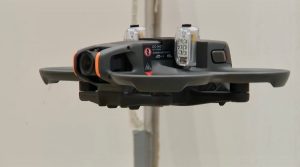
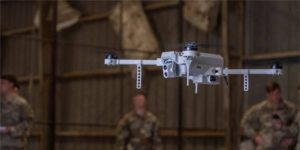



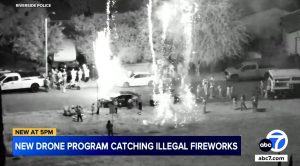

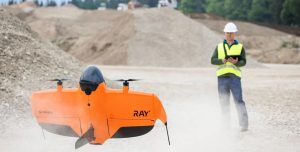


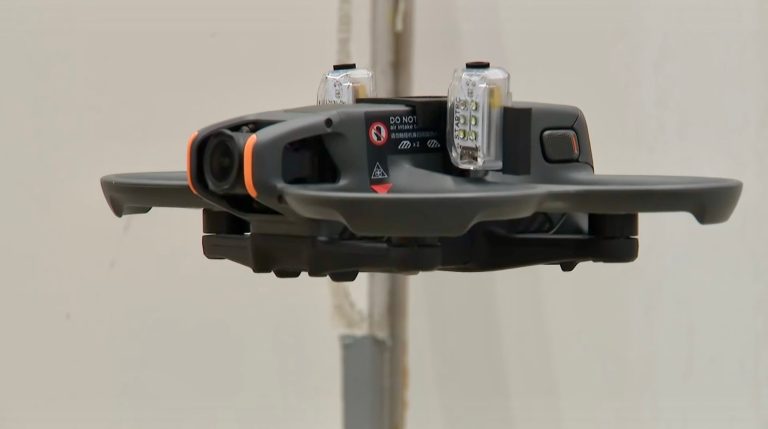

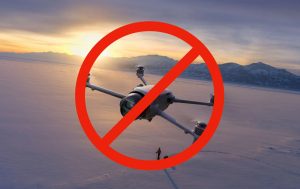
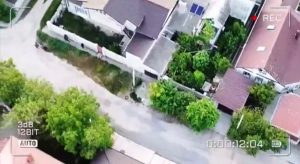
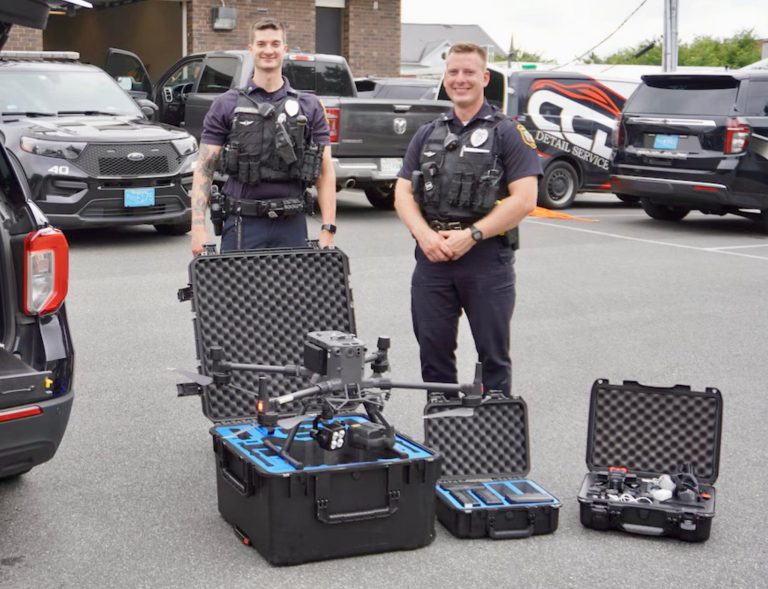
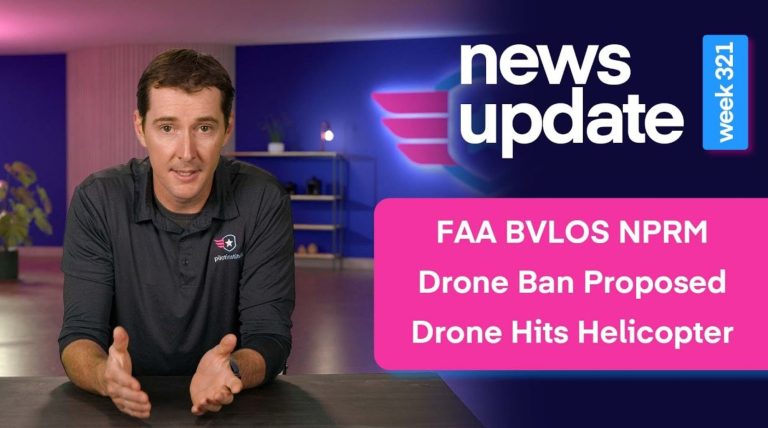


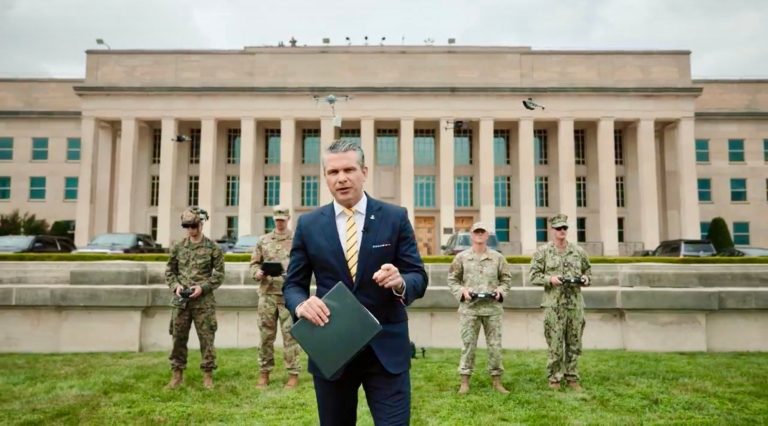
+ There are no comments
Add yours